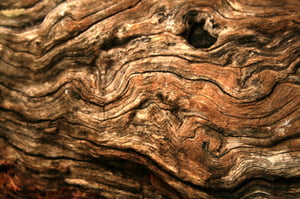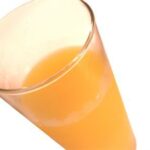The humble slippery elm tree grows bountifully throughout North America. Prior to European colonization, several Native American groups used slippery elm bark to treat wounds, burns, infections, coughs, sore throats, indigestion and diarrhea. Today, slippery elm remains a safe, healthy and effective component of modern integrative medicine.
Like psyllium — a much more popular nutritional supplement with similar benefits — slippery elm interacts with liquid to create a thick, colorless, odorless gel. This slick substance coats the stomach and promotes the healthy excretion of mucus in the body. Additionally, this tree’s potently medicinal bark contains powerful antioxidant phytonutrients that reduce inflammation on a local and systemic level.
Here are a few of the many benefits and uses of slippery elm.
Slippery elm benefits people who suffer from acute or chronic constipation. When it interacts with gastric juices, it creates an effective bulk material for flushing debris from the colon– with far fewer side effects than stimulant laxatives.
Bulk fiber sources like slippery elm can effectively relieve diarrhea as well as constipation. This slippery elm use predates modern medicine; it works by thickening bowel movements and soothing spasms in the bowels.
Slippery elm is widely promoted as a potential treatment for irritable bowel syndrome (IBS)– a functional disorder characterized by chronic abdominal pain and alternating episodes of constipation and diarrhea.
Inflammatory Bowel Disease
Slippery elm’s benefits are manifold for people suffering from inflammatory bowel diseases like ulcerative colitis and Crohn’s disease. It helps to prevent the episodes of diarrhea associated with these conditions and may restore mucus lost during flare-ups. The tree’s bark also eases inflammation and promotes healing.
Gastroesophogeal Reflux Disease (GERD)
The bark of the slippery elm tree helps to promote mucus production and may protect the stomach and esophagus from damage associated with GERD (reflux disease).
Stomach Ulcer Treatment
Many naturopathic practitioners recommend slippery elm as an alternative treatment for peptic ulcers caused by H. pylori, a form of bacteria. Slippery elm benefits people with ulcers because it coats the stomach and prevents long-term damage from excess acidity.
Cough and Cold
Slippery elm soothes spasms in the upper-respiratory tract; it is a popular component of herbal cough drops and cough syrups. It also helps to promote the healthy secretion of mucus in the lungs and nasal passages.
While slippery elm’s use in asthma treatment has never been clinically studied, it may be worth a try for people suffering from this chronic condition. When taken orally as a capsule or tea, it may help to prevent the bronchial spasms associated with asthma.
Supplement manufacturers like Traditional Medicinals include slippery elm bark in herbal teas designed to soothe sore throats. These versatile herbal concoctions can protect the coat from damage and reduce inflammation in the mouth, throat and esophagus.
Wounds and Infections
When applied topically to the skin, slippery elm bark can ease inflammation and promote rapid wound healing. Traditionally, the tree’s bark and leaves were applied to wounds and infected boils.
Psoriasis
Because of its powerful anti-inflammatory properties, slippery elm may be used as a topical treatment for psoriasis, an auto-immune disease characterized by recurrent skin inflammation.
Slippery elm rapidly relieves pain and inflammation from external burns. It helps to debride burns and promote fast healing, while also preventing secondary bacterial infections.
Visit the University of Maryland Medical Center for more information about slippery elm’s benefits and uses.


